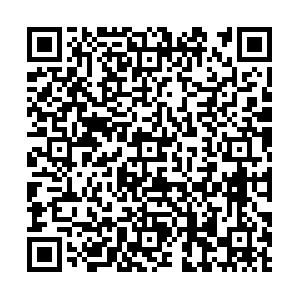Abstract:
Over the past few decades, many methods have been developed to fabricate superhydrophobic surfaces because these surfaces are useful in several important applications such as anti-corrosion, oil-water separation, friction reduction, and liquid transportation. Surface morphology is a key factor to determine the wettability of a solid surface, and patterning is one of the effective ways to change the surface morphology and to improve the wetting properties. Laser patterning using a pulse laser source is a unique technique that can modify the surface morphology with very limited distortion of the bulk material. Moreover, it is a noncontact method, and complex patterns can be created. In this paper, we summarized several typical approaches, theories and relevant applications of laser fabricated superhydrophobic surfaces.


 E-mail Alert
E-mail Alert RSS
RSS


